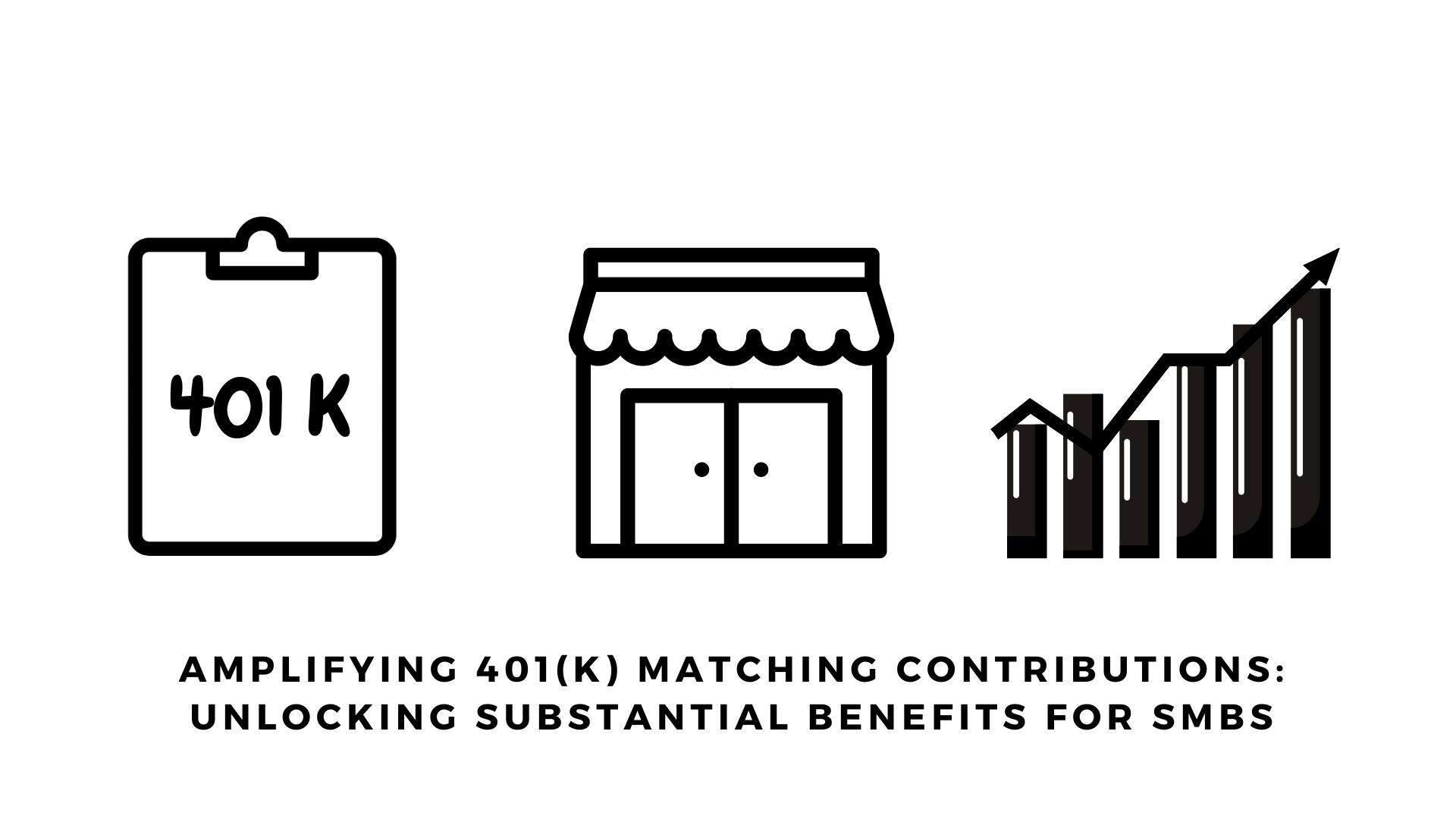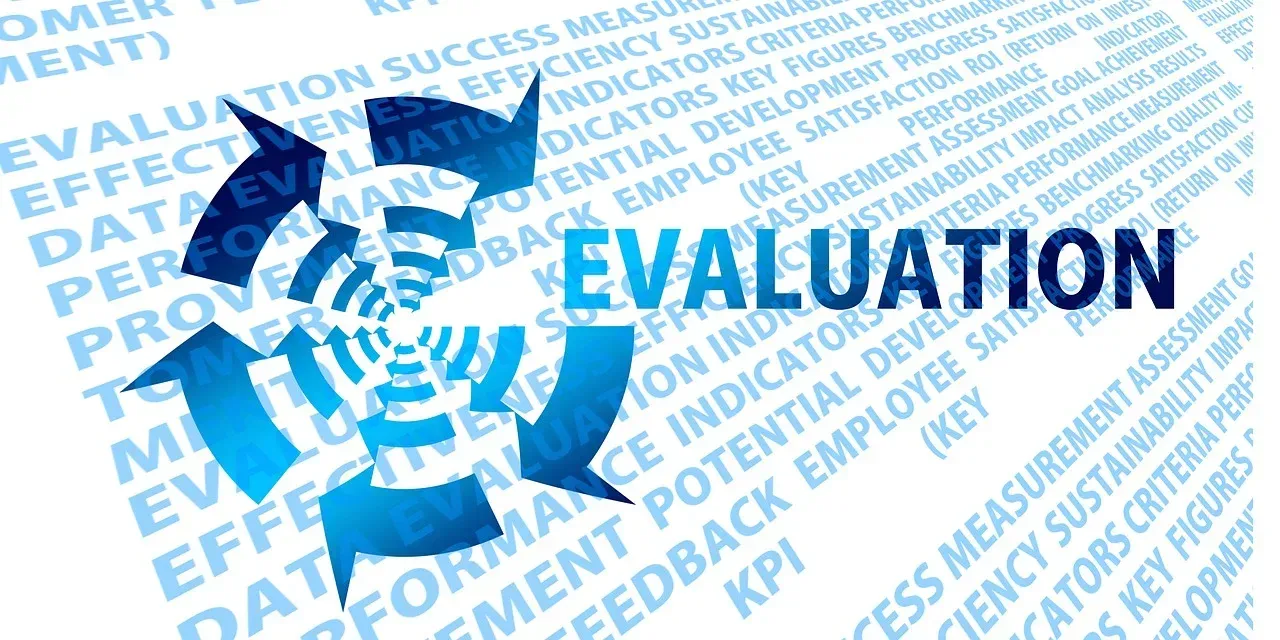Enhancing Your 401(k) Matching Contribution: A Strategic Move for SMBs

In today's competitive job market, small and medium-sized businesses (SMBs) face the challenge of attracting and retaining top talent while managing costs effectively. One key benefit that can make a significant difference for employees and the company alike is a robust 401(k) matching contribution program. In this blog post, we'll explore the advantages of increasing your 401(k) matching contribution and how partnering with a Professional Employer Organization (PEO) can amplify the benefits for SMBs.
𝐆𝐞𝐧𝐞𝐫𝐨𝐮𝐬 𝐌𝐚𝐭𝐜𝐡𝐢𝐧𝐠 𝐑𝐚𝐭𝐞𝐬:
Offering generous matching rates in your 401(k) plan is a powerful way to demonstrate your commitment to employees' long-term financial security. By contributing a higher percentage of employees' contributions, you not only incentivize participation but also help employees build substantial retirement savings over time. Generous matching rates can set your company apart from competitors and attract top talent who prioritize comprehensive benefits packages when considering job opportunities.
𝐂𝐥𝐞𝐚𝐫 𝐕𝐞𝐬𝐭𝐢𝐧𝐠 𝐒𝐜𝐡𝐞𝐝𝐮𝐥𝐞𝐬:
Implementing clear vesting schedules is essential for SMBs looking to optimize their 401(k) matching contribution program. A transparent vesting schedule outlines when employees become fully vested in employer contributions, providing clarity and assurance regarding their retirement benefits. Clear vesting schedules encourage employee retention by rewarding tenure and loyalty, ultimately reducing turnover costs for SMBs. Additionally, transparent vesting schedules foster trust and transparency, strengthening the employer-employee relationship.
𝐃𝐢𝐯𝐞𝐫𝐬𝐞 𝐈𝐧𝐯𝐞𝐬𝐭𝐦𝐞𝐧𝐭 𝐎𝐩𝐭𝐢𝐨𝐧𝐬:
Offering a diverse range of investment options within your 401(k) plan empowers employees to customize their retirement savings strategy according to their individual financial goals and risk tolerance. SMBs can enhance their 401(k) offerings by providing access to a variety of investment vehicles, including mutual funds, index funds, and target-date funds. Diverse investment options cater to employees with varying investment preferences and enable them to build well-diversified portfolios aligned with their long-term objectives.
𝐏𝐚𝐫𝐭𝐧𝐞𝐫𝐢𝐧𝐠 𝐰𝐢𝐭𝐡 𝐚 𝐏𝐄𝐎 𝐟𝐨𝐫 𝟒𝟎𝟏(𝐤) 𝐁𝐞𝐧𝐞𝐟𝐢𝐭𝐬:
For SMBs seeking to optimize their 401(k) benefit offerings, partnering with a reputable PEO can be a game-changer. PEOs provide access to comprehensive HR solutions, including employee benefits administration, payroll processing, and retirement plan management. By leveraging the expertise and resources of a PEO, SMBs can access cost-effective 401(k) plans with competitive matching contributions and a wide range of investment options. Partnering with a PEO streamlines benefits administration, reduces administrative burden, and ensures compliance with regulatory requirements, allowing SMBs to focus on their core business operations while providing valuable retirement benefits to employees.
𝐂𝐨𝐧𝐜𝐥𝐮𝐬𝐢𝐨𝐧:
Increasing your 401(k) matching contribution can yield significant benefits for SMBs, including improved employee recruitment and retention, enhanced company culture, and greater employee satisfaction. By offering generous matching rates, clear vesting schedules, and diverse investment options, SMBs can attract top talent, promote financial wellness, and strengthen their competitive position in the marketplace. Moreover, partnering with a PEO for 401(k) benefits can provide SMBs with access to expert guidance, cost-effective solutions, and streamlined administration, maximizing the impact of their retirement benefits program.
You might also like




